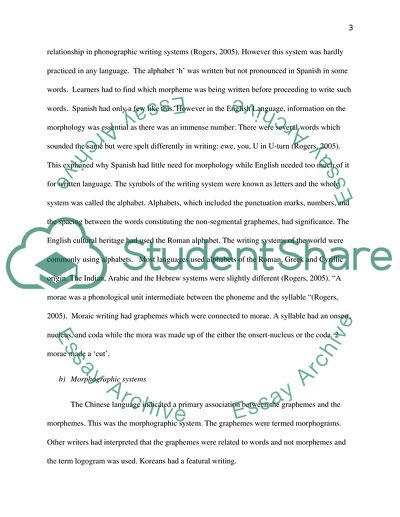Cite this document
(“Double Dissociation and Language Research Paper - 1”, n.d.)
Double Dissociation and Language Research Paper - 1. Retrieved from https://studentshare.org/social-science/1751064-neuopsychology-2what-does-double-dissociation-tell-us-about-language-development
Double Dissociation and Language Research Paper - 1. Retrieved from https://studentshare.org/social-science/1751064-neuopsychology-2what-does-double-dissociation-tell-us-about-language-development
(Double Dissociation and Language Research Paper - 1)
Double Dissociation and Language Research Paper - 1. https://studentshare.org/social-science/1751064-neuopsychology-2what-does-double-dissociation-tell-us-about-language-development.
Double Dissociation and Language Research Paper - 1. https://studentshare.org/social-science/1751064-neuopsychology-2what-does-double-dissociation-tell-us-about-language-development.
“Double Dissociation and Language Research Paper - 1”, n.d. https://studentshare.org/social-science/1751064-neuopsychology-2what-does-double-dissociation-tell-us-about-language-development.


